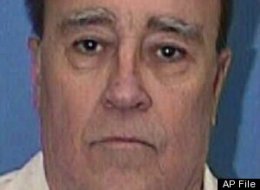 In 1990, a Texas jury convicted Claude Jones of murder, and he was executed in 2000. Jones and another ex-convict, Danny Dixon, had stopped at a convenience store. One of the men entered the store and shot a man inside, while the other remained outside in the car. Jones and Dixon argued about which was the shooter, but Jones was eventually convicted of pulling the trigger on the basis of one person’s testimony (later recanted) and on one piece of physical evidence: a strand of hair found inside the store and identified by a crime lab “expert” as belonging to Jones. That hair meant the difference between life and death, because Texas law requires corroborating physical evidence in a capital case. This month (November 2010) a DNA test determined that the hair did not belong to Jones, but to the victim in the case. This does not prove Jones’s innocence, of course, but without it there was no legal basis for his death sentence.
In 1990, a Texas jury convicted Claude Jones of murder, and he was executed in 2000. Jones and another ex-convict, Danny Dixon, had stopped at a convenience store. One of the men entered the store and shot a man inside, while the other remained outside in the car. Jones and Dixon argued about which was the shooter, but Jones was eventually convicted of pulling the trigger on the basis of one person’s testimony (later recanted) and on one piece of physical evidence: a strand of hair found inside the store and identified by a crime lab “expert” as belonging to Jones. That hair meant the difference between life and death, because Texas law requires corroborating physical evidence in a capital case. This month (November 2010) a DNA test determined that the hair did not belong to Jones, but to the victim in the case. This does not prove Jones’s innocence, of course, but without it there was no legal basis for his death sentence.
Texas moves more rapidly to execution than many other states and has a poor record of representation for defendants. Texas courts denied Jones’ petitions for a DNA test and a stay of execution, and the prosecutor in the case tried to have the hair destroyed before it could be tested. (The hair was identified by microscope analysis in 1990, a notoriously unreliable method. DNA methods were not then available to the defendant.)


